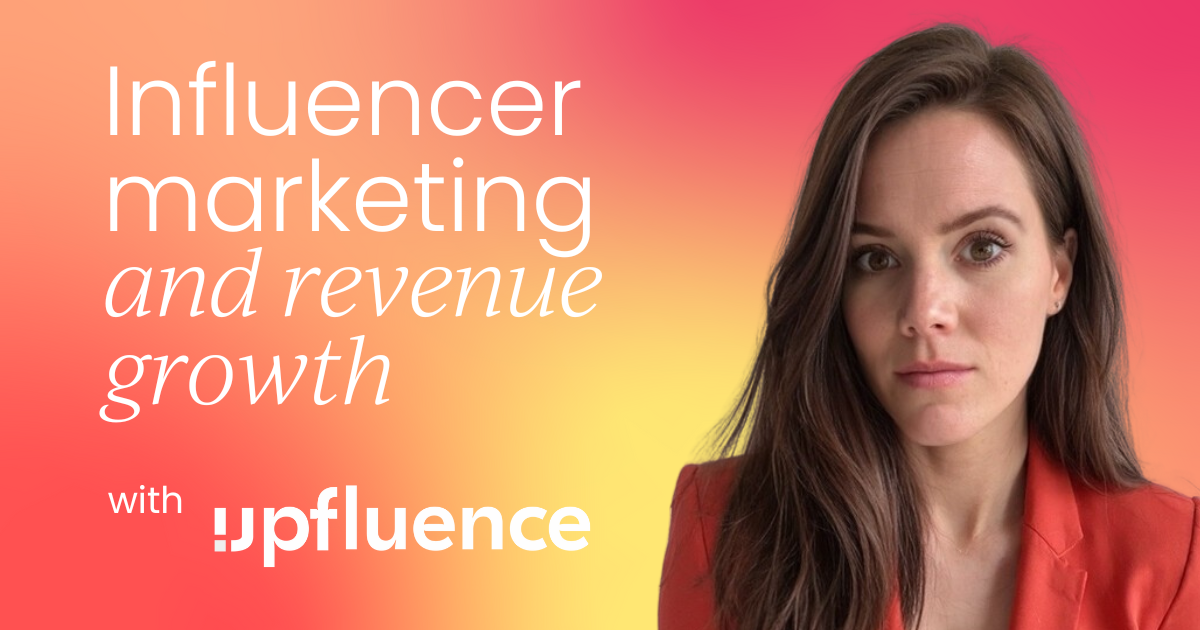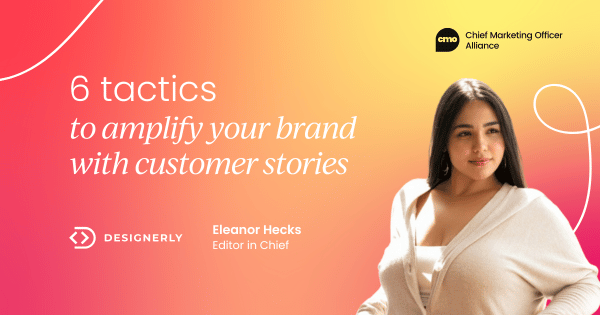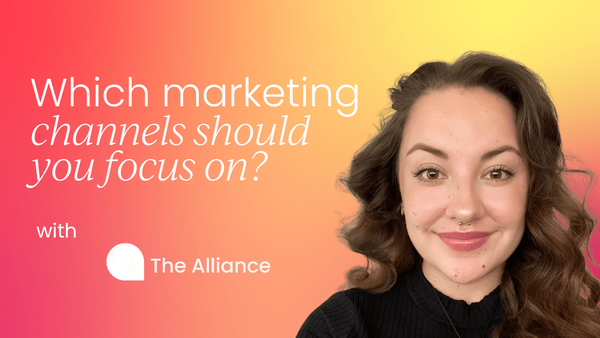When we asked 100s of CMOs and marketing leaders which channels they’ll prioritize in 2025, one response dominated the conversation: content marketing.
A striking 80.1% of respondents placed it at the top of their list. This reflects a strategic commitment to building long-term brand authority through blogs, whitepapers, video, and thought leadership.
Paid media followed at 57.3%, while SEO (51.2%), social media (48.8%), and email (43.9%) filled out the top five. Together, these channels form the backbone of most modern marketing strategies.
Meanwhile, affiliate, influencer, and experiential marketing are losing a bit of momentum, often sidelined by resource constraints, attribution challenges, or strategic misalignment.
Let’s look into these stats a bit more…
Content marketing remains central
Content continues to be the foundation of marketing strategy because it drives value across almost every other channel. It fuels SEO performance, provides assets for social campaigns, and keeps email nurtures alive.
In 2025, brands are focusing on content that attracts attention and builds credibility and trust in a fragmented, AI-driven ecosystem.
“We’re investing heavily in what I call AI-Ready SEO – ensuring our brand surfaces in large language model outputs like ChatGPT and Gemini, not just Google,” says Rossana R. Rodgers, CMO at Authena AG. “At the same time, we’re doubling down on intent-driven content, LinkedIn leadership, and partner-driven co-marketing.”
Rossana’s approach highlights a subtle shift: content now has to be discoverable beyond traditional search engines and aligned with customer intent at every touchpoint.
Paid media: measured and strategic
Paid media remains a priority for more than half of marketers, despite rising costs and stricter privacy rules. Paid channels are a tactical amplifier. When paired with high-quality content, paid media drives measurable results that can scale campaigns efficiently.
Charlie Grinnell, Co-CEO at RightMetric, cautions: “If you're picking channels before picking a strategy you’re doing it backwards. I see it constantly. Teams launch across five platforms because it's what everyone else is doing. But channels are just the last mile. Strategy should dictate execution, not the other way around.”
Paid media still delivers reach, but CMOs are now prioritizing campaigns that complement a broader ecosystem rather than chasing scale alone.
SEO, social, and email are the steady workhorses
SEO, social media, and email remain essential pillars. These channels allow brands to nurture organic discovery, maintain community engagement, and build meaningful relationships. In an era of fluctuating algorithms and increasing paid costs, owned and earned channels provide a sense of stability.
Chetan Baregar, Senior Director of Marketing at Recykal.com, notes, “CACs on Meta and Google have gone through the roof, and performance is becoming harder to scale. As a result, we’ve shifted focus to owned channels like email, WhatsApp, and community building.
“Right now, it’s not about expansion; it’s about efficiency. Email and data-backed segmentation, combined with consistent WhatsApp engagement, are giving us direct, measurable impact.
"Priority-wise, our biggest focus is understanding our users deeply and engaging with them frequently. In the B2B landscape, staying top-of-mind is everything and if you’re out of sight, you’re out of the deal.”
This approach emphasizes efficiency over expansion. CMOs are now prioritizing channels that deliver measurable impact, reinforcing the value of nurturing existing audiences rather than chasing new ones indiscriminately.
Channels losing ground
Some channels are taking a back seat. Affiliate marketing (13.4%) and influencer marketing (26.8%) are no longer top-line priorities for many organizations. Attribution challenges, skepticism about ROI, and resource limitations make these tactics harder to justify in 2025 budgets.
Offline and experiential marketing maintain a smaller but strategic role, particularly in B2B contexts. Events, webinars, and field marketing remain effective when integrated into broader content and digital strategies.
Thinking ahead: 2026 and the ecosystem approach
The biggest opportunity for CMOs isn’t choosing a channel but orchestrating how channels work together. Alberto Gerin, CMO at Modefinance, explains:
“In a fragmented landscape, trust and context are king. Brands are doubling down on community-driven platforms like LinkedIn, and it's not just for reach, but for credibility and meaningful engagement.
“There’s a visible shift in LinkedIn conversations: from ‘channel performance’ to ‘ecosystem orchestration.’ The most effective marketing leaders are prioritizing integrated content ecosystems, where owned, earned, and paid media converge around trust, thought leadership, and customer-centric value.
“I’m particularly inspired by the wave of emphasizing quality over frequency, sharing real outcomes of content-account-based strategies, or breaking down how to map intent data to platform use. For me, in 2025 and beyond, channels will matter less than the choreography between them.”
The implication is clear: the next wave of marketing success depends on integration. Channels are no longer siloed; they form a connected ecosystem that guides the customer journey and builds brand authority simultaneously.
Preparing for 2026
Here’s what CMOs should keep in mind as they look to next year:
- AI-ready SEO will become standard. Customers increasingly search through AI tools, not just traditional engines. Optimizing content for these systems will be critical for visibility.
- Community engagement grows in importance. LinkedIn and other professional communities provide credibility and trusted touchpoints.
- Efficiency over expansion. Rising customer acquisition costs and resource limits push marketers to maximize existing audiences through segmentation, nurturing, and personalization.
- Performance metrics evolve. With reduced visibility due to privacy changes, marketers will need to balance traditional conversion data with engagement quality and brand lift.
- Authenticity wins. Even with AI-powered content creation, storytelling that feels human and resonates with your audience remains the differentiator.
The survey shows that channels matter, but the way they work together matters more. CMOs who think in ecosystems rather than silos will start 2026 ahead of the curve, creating strategies that are durable, measurable, and adaptable.






.png)









 Follow us on LinkedIn
Follow us on LinkedIn




